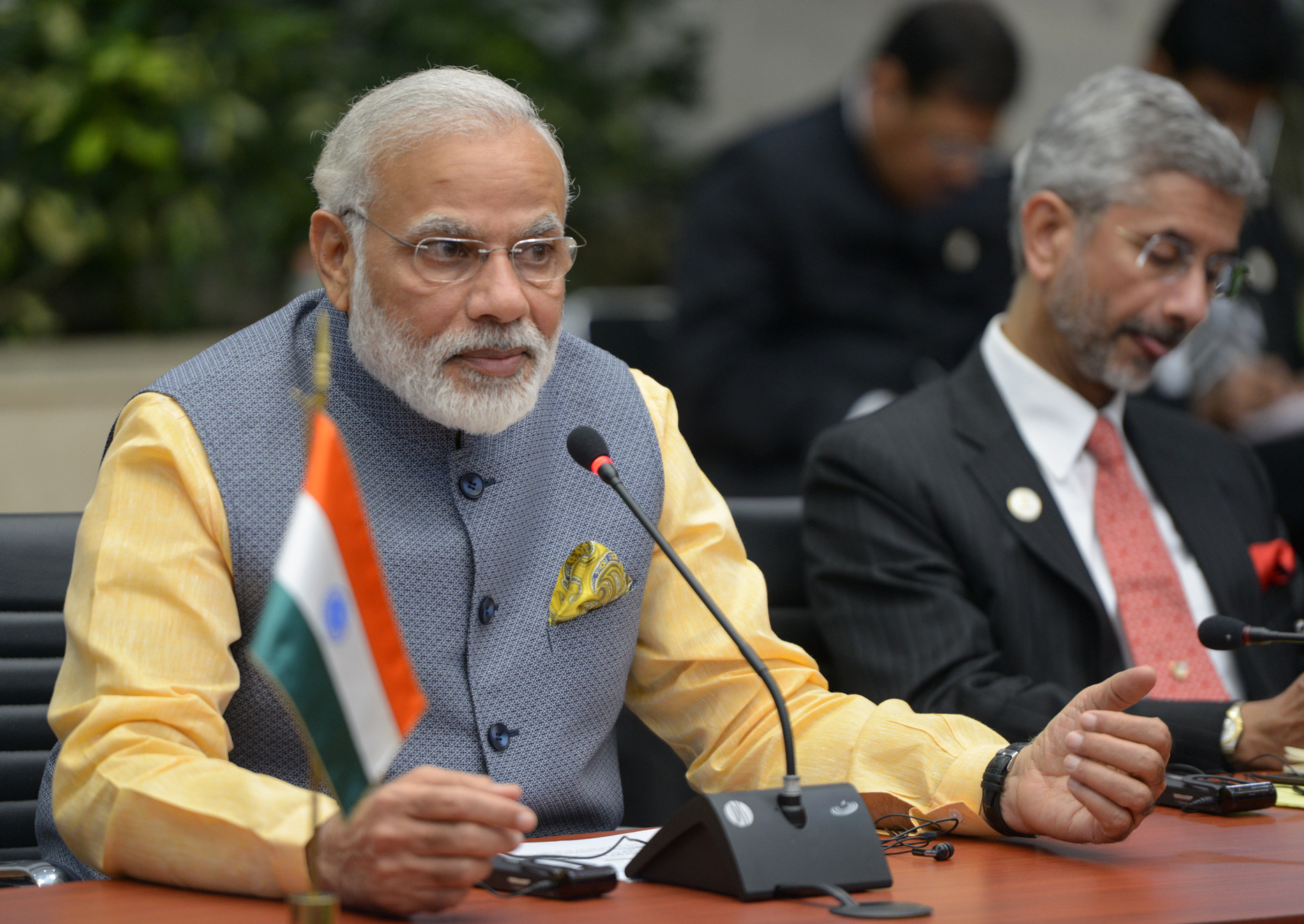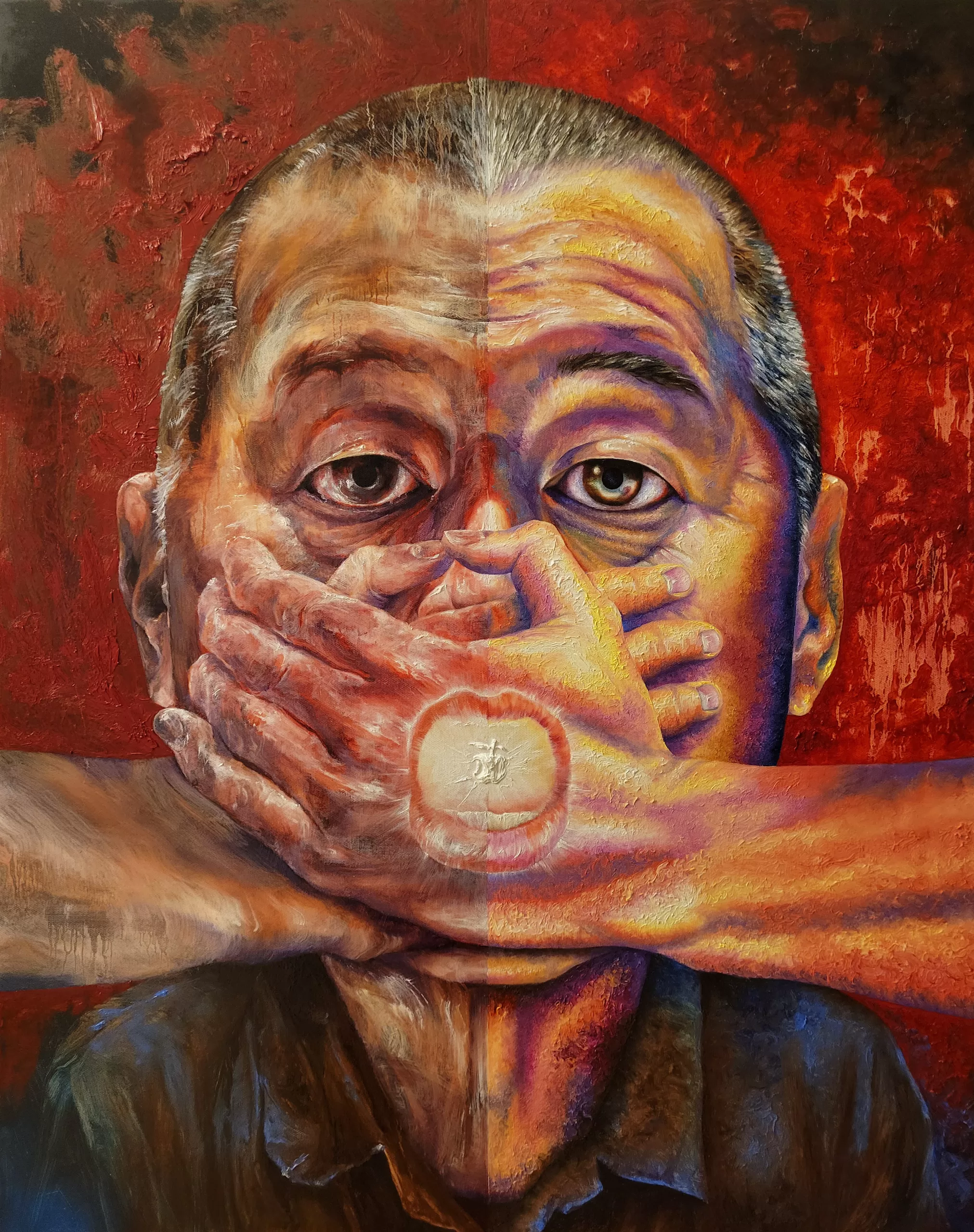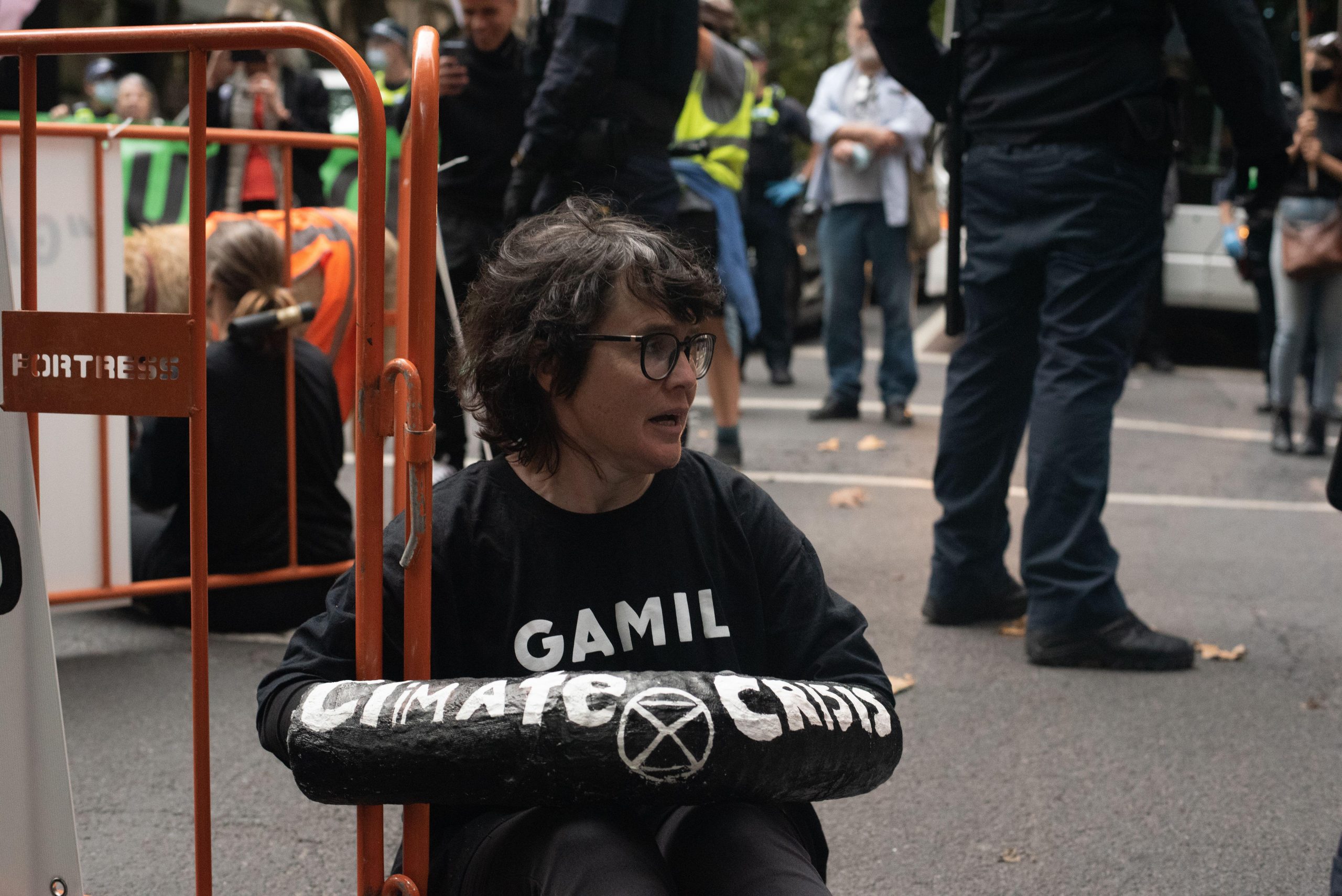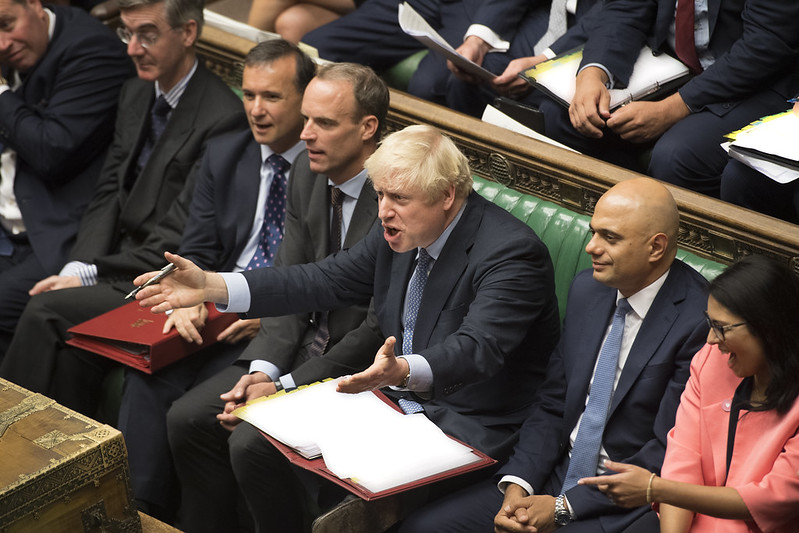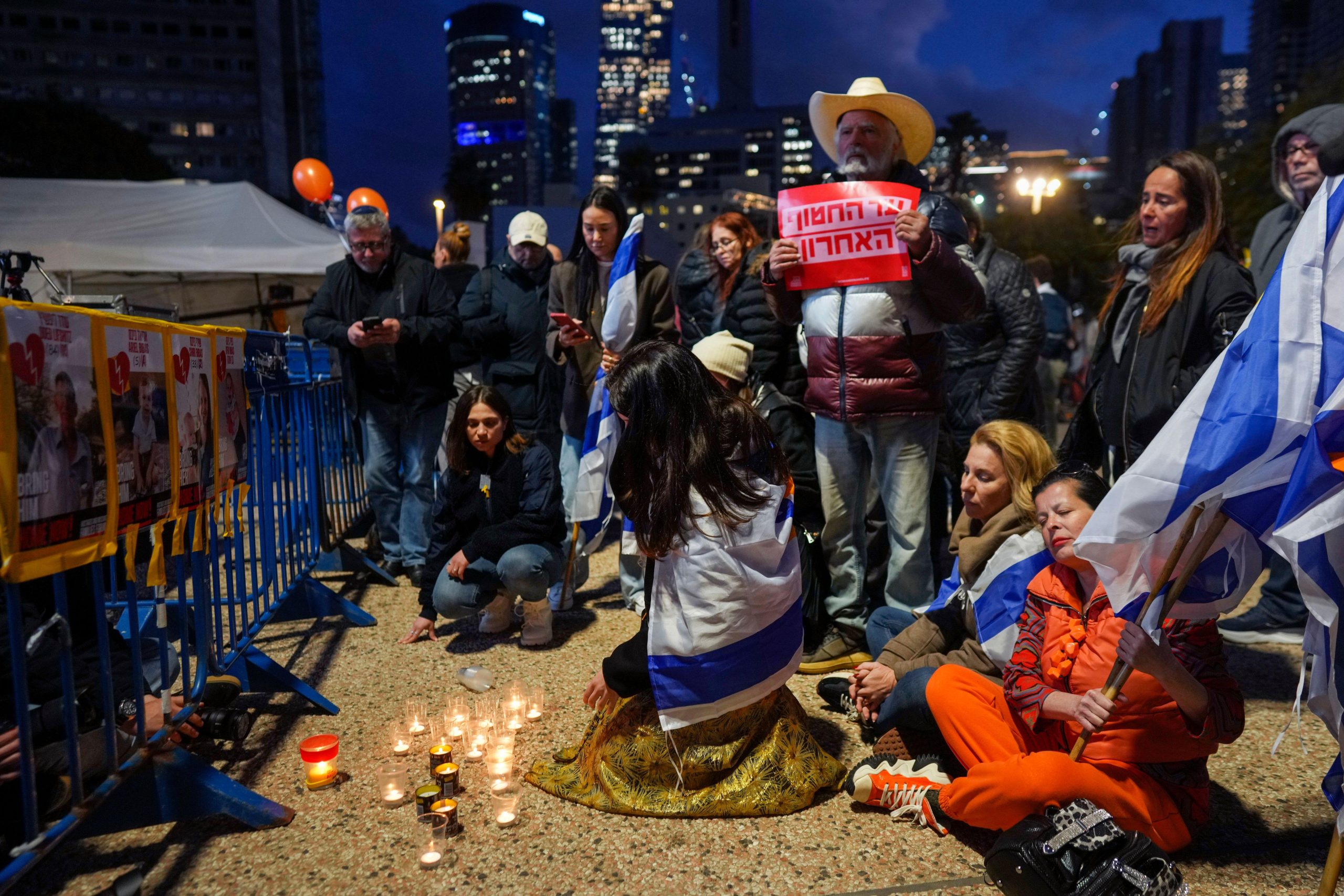[vc_row][vc_column][vc_single_image image=”113291″ img_size=”full”][vc_column_text]The Indian state’s response to the coronavirus outbreak has seen an acceleration of violence against Muslims, further silencing of political dissent and attacks on press freedom. These trends are being tracked on the Index on Censorship global map monitoring media freedom violations during the coronavirus pandemic, put together by our staff, our contributors and readers as well as our partners at the Justice for Journalists Foundation.
One pattern to emerge is Prime Minister Narenda Modi’s determination to control the coronavirus narrative. Before the lockdown was announced, Modi met with the press to urge them to only publish “inspiring, positive stories” about the government’s handling of coronavirus. Many outlets have buckled under the pressure, fearful of being branded unpatriotic. As reported on the Index map, part of this was a campaign by Modi’s government for advertisers and businesses to cut support for independent news outlets. This has presented an enormous danger to the free press in India. If only pro-government media are allowed to flourish during one of the biggest global crises in recent years, those with the power to protect, or neglect, people’s health and well-being will not be held to account for their actions.
Journalists whose reporting does not follow the party line on coronavirus face harassment and detention by the state. For example, independent news website the Wire reported that Yogi Adityanath, a fundamentalist Hindu cleric and chief minister of India’s largest state Uttar Pradesh, attended a religious ceremony after the lockdown had been announced. This did not chime well with the presiding narrative that the Muslim community are to blame for the spread of the virus. There have been reports that Siddharth Varadarajan, founder-editor of the Wire, is now facing criminal proceedings for, among other things, “creating or promoting enmity between classes”.
Thousands of people, including jurists and academics, have signed a public statement condemning the state’s actions, calling legal action against Varadarajan an attack on press freedom. While this support is undoubtedly appreciated by Varadarajan, Modi’s attitude towards the press since he came to power in 2014, and continuing in the wake of coronavirus, means things do not bode well for him.
But these are not the only attacks tracked on our map. Journalists have also faced physical violence in the street while trying to report on the outbreak. Naveen Kumar from news website Aaj Tak was beaten by police in Delhi on his way to his office on 23rd March. On the same day Ravi Reddy, bureau chief at The Hindu, was attacked by three policemen in Hyderabad. Mendu Srinivas, political bureau chief at Andhra Jyothy, was also beaten by police in Hyderabad. Since 2014, there have been over 200 serious attacks on journalists.
We have also had reports of journalists being accused of spreading “fake news”. As with many allegations of fake news that we have tracked on the map, more often than not the charge is being used to silence people. At the same time, misinformation is being allowed to spread like wildfire. In a sadly predictable turn of events, rumours have spread online that the Muslim community is responsible for the virus’ spread.
As a result, Muslims have been physically attacked in the street and Sikh temples have warned people against buying milk from Muslim dairy farmers, claiming it is infected with coronavirus. Mohammed Haider, who runs a milk stall, told The New York Times: “People only need a small reason to beat us or lynch us.” The Indian Express, a widely read daily national newspaper, reported that hospitals were segregating Muslim and Hindu coronavirus patients, quoting a doctor as saying it was a government decision.
The events of the past year have shone a light on the mistreatment of Muslims in India. The repealing of Article 370 and the subsequent internet shutdown in Jammu and Kashmir from August, and the Citizenship Law in December, both discriminated against Muslims. Now the coronavirus outbreak has provided another excuse to demonise and discriminate Muslims in the country.
And this might highlight the biggest trend of all, namely that the coronavirus outbreak has exacerbated issues already bubbling beneath the surface since Modi came to power in 2014. In this environment, a free press has never felt more important.
If you know of any examples of violations against the media in India or elsewhere, please do report them to our map. [/vc_column_text][/vc_column][/vc_row]

